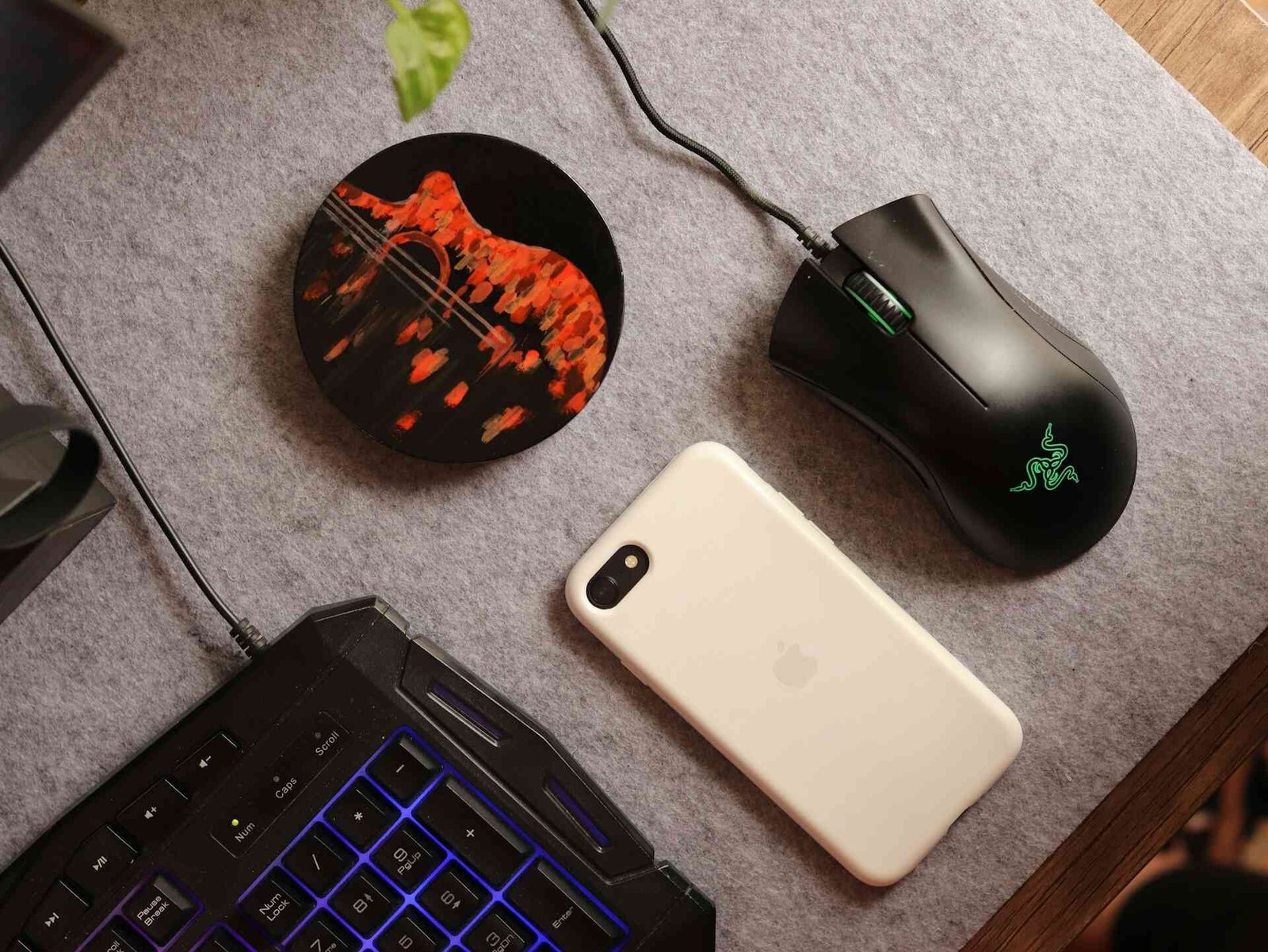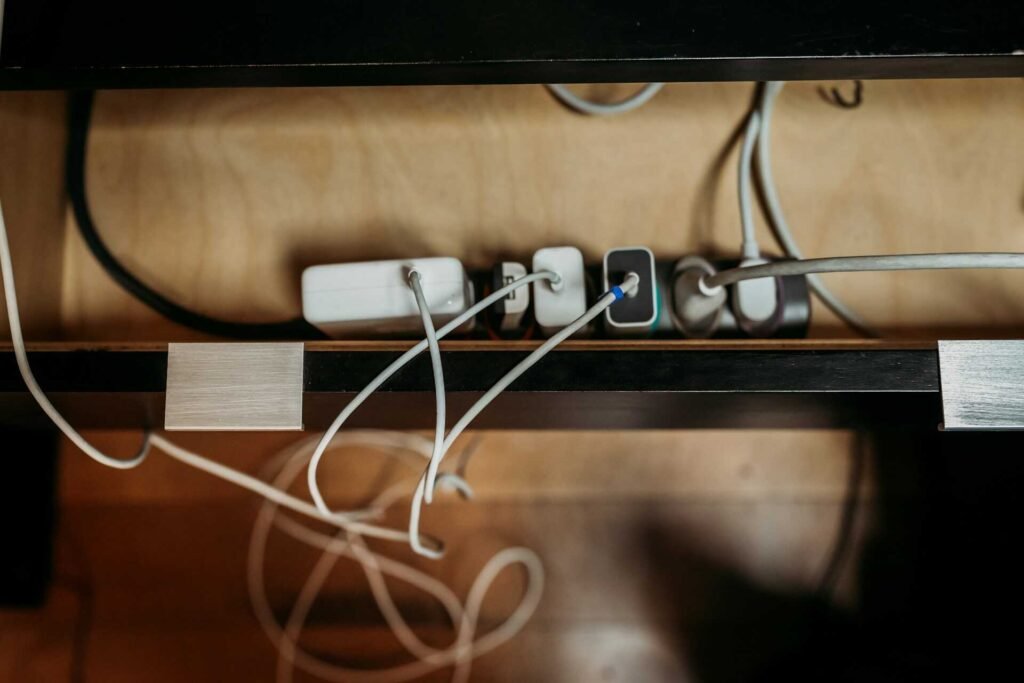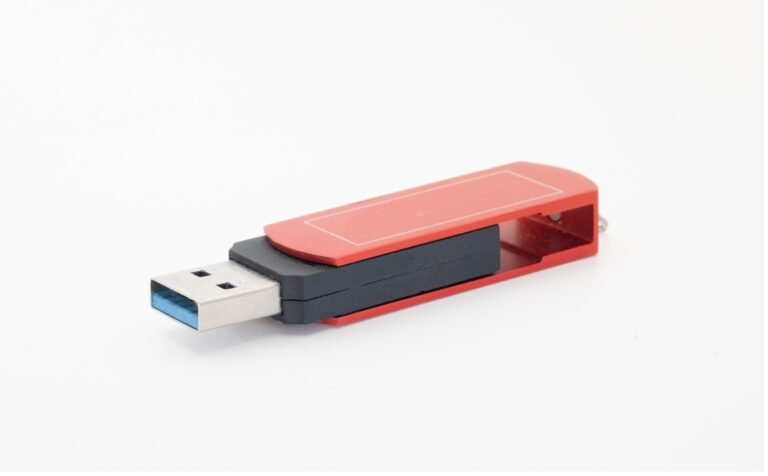Powered USB Hub vs Unpowered: Which One Works Best?

Ever found yourself staring at your laptop’s measly two USB ports while juggling a mouse, keyboard, external drive, phone charger, and that fancy new webcam? Welcome to the modern workspace dilemma! The solution seems obvious: grab a USB hub. But then comes the real question that stumps even tech-savvy folks, should you go with a powered or unpowered USB hub?
We’ve all been there, standing in the electronics aisle (or scrolling through endless product pages) wondering if that extra power adapter is worth the hassle. The truth is, this decision can make or break your entire setup’s performance, and we’re here to help you navigate this surprisingly complex choice with confidence.
Understanding the Fundamental Difference Between Powered and Unpowered USB Hubs
Before we dive into the nitty-gritty, let’s clear up what we’re actually talking about. Think of your computer’s USB ports as a pizza that needs to be shared among hungry friends – there’s only so much to go around.
An unpowered USB hub (also called a bus-powered hub) relies entirely on your computer’s USB port for electricity. It’s like asking that same pizza to feed even more people without adding any extra slices. These hubs are incredibly convenient because they require just one cable connection, but they’re working with limited power from your computer.
A powered USB hub, on the other hand, comes with its own external power adapter. It’s like ordering an additional pizza for the party, suddenly everyone gets properly fed. This external power source means the hub can supply full power to each connected device without draining your computer’s resources.
The powered USB hub vs unpowered debate becomes even more relevant when you consider that USB 3.0 devices often demand more power than their predecessors, making that external power source increasingly valuable for modern setups.
When Unpowered USB Hubs Shine (And When They Don’t)
Unpowered hubs have their sweet spot, and understanding it can save you money and desk space. These compact champions excel when you’re connecting lightweight devices that don’t demand much power – think wireless mouse receivers, USB flash drives, or basic keyboards.
Picture your typical coffee shop work session: you’ve got your laptop, a wireless mouse, and maybe a USB drive. An unpowered hub handles this scenario beautifully. It’s portable, requires no extra outlets, and keeps your setup clean and minimal. Many professionals love them for travel because there’s one less power adapter to forget at home.
However, unpowered hubs start showing their limitations when you connect power-hungry devices. External hard drives might spin up slowly or not at all. Charging ports become frustratingly slow. Some devices might work intermittently, creating those maddening “why isn’t this working?” moments that kill productivity.
The real challenge comes with USB 3.0 devices, which can draw significantly more power than USB 2.0 counterparts. While an unpowered hub might technically support USB 3.0 speeds, it often can’t provide enough juice for devices to perform at their peak.
The Powered USB Hub Advantage: When Extra Power Pays Off
Powered USB hubs transform your workspace into a reliable command center. With dedicated power for each port, these hubs eliminate the guesswork and frustration of device compatibility issues.
Consider a typical content creator’s setup: external microphone, webcam, lighting equipment, external storage drives, and various charging cables. A powered hub handles this demanding lineup without breaking a sweat. Each device gets the power it needs, when it needs it, without affecting the performance of other connected gadgets.

The difference becomes particularly noticeable with charging capabilities. For example, USB foot pedals for PC and other specialized equipment often require consistent power delivery that only powered hubs can guarantee. While unpowered hubs might charge your phone eventually, powered hubs deliver faster, more reliable charging that keeps your devices ready when you need them.
Gaming setups also benefit tremendously from powered hubs. Multiple gaming peripherals, RGB lighting systems, and external storage all demand stable power. The last thing any gamer wants is their equipment failing mid-session because of power limitations.
Performance Impact: Does Your Hub Choice Affect Speed?
Here’s where things get interesting, and it’s a question we hear constantly: do USB hubs add latency, and does the power source make a difference?
The relationship between power and performance isn’t always obvious, but it’s crucial. When an unpowered hub struggles to provide adequate power, devices might operate in lower-performance modes or experience intermittent connections. This can manifest as slower data transfer speeds, delayed responses, or even complete device failures during intensive tasks.
Powered hubs maintain consistent performance because each port receives dedicated power. This stability translates to more reliable data transfers, consistent device recognition, and optimal performance from connected equipment. While the hub itself doesn’t necessarily make data transfer faster, it ensures devices can operate at their intended speeds without power-related bottlenecks.
USB Hub Comparison: Making the Right Choice for Your Needs
| Feature | Unpowered Hub | Powered Hub |
|---|---|---|
| Power Source | Computer’s USB port | External adapter |
| Portability | Excellent | Good (requires power outlet) |
| Device Support | Low-power devices only | All device types |
| Charging Speed | Slow/limited | Fast and reliable |
| Number of Devices | 2-4 effectively | 7+ simultaneously |
| Cost | Lower upfront | Higher but better value |
| Setup Complexity | Plug and play | Requires power outlet |
This comparison highlights why understanding your specific needs matters more than following generic advice. A graphic designer working with multiple external drives and charging several devices simultaneously has very different requirements than someone who just needs extra ports for basic peripherals.
The key is honestly assessing your current and future device lineup. If you’re constantly adding new gadgets to your workspace, investing in a powered hub now saves frustration later.
Real-World Scenarios: Which Hub Fits Your Lifestyle?
Let’s explore some common situations to help clarify the powered or unpowered USB hub decision:
The Minimalist Remote Worker: If your setup involves a laptop, wireless mouse, and occasional USB drive, an unpowered hub probably meets your needs perfectly. The portability and simplicity align with a streamlined workflow.
Our budget recommendation: Anker USB Hub
The Content Creator: Video editors, podcasters, and streamers typically need powered hubs. External storage drives, audio equipment, lighting, and cameras all demand reliable power. The performance consistency of powered hubs prevents those dreaded mid-recording equipment failures.
Our performance recommendation: Anker 10 Port 60W Data Hub
The Gaming Enthusiast: Serious gamers often benefit from powered hubs, especially with multiple peripherals, RGB systems, and external storage. The stable power delivery ensures consistent performance during critical gaming moments.
Our gaming recommendation: TP-Link Powered USB Hub 7 USB 3.0 Data Ports
The Home Office Power User: Multiple monitors, external drives, charging stations, and various peripherals create substantial power demands. Powered hubs handle these complex setups without compromise. Either of our powered USB hub recommendations will handle this scenario well.

Understanding these scenarios helps identify which category best describes your needs, making the decision much clearer.
Technical Considerations: Power Requirements and Compatibility
The technical side of the powered USB hub vs unpowered debate involves understanding power specifications. USB 2.0 ports typically provide 500mA of current, while USB 3.0 can supply up to 900mA. However, this power gets divided among all connected devices in an unpowered hub.
When you connect four devices to a 4-port unpowered hub, each device potentially receives only a quarter of the available power. This division explains why devices might work individually but fail when connected simultaneously through an unpowered hub.
Powered hubs sidestep this limitation by providing dedicated power to each port. Quality powered hubs often supply 2.4A or more per port, easily handling even power-hungry devices like external hard drives or fast-charging smartphones.
Device compatibility also plays a role. Some newer devices specifically require powered connections and won’t function properly through unpowered hubs. This requirement becomes more common as devices become more sophisticated and power-hungry.
Making the Investment: Cost vs. Value Analysis
The price difference between powered and unpowered hubs might seem significant initially, but the value equation often favors powered options for most users. While unpowered hubs cost less upfront, they might limit your setup’s growth potential.
Consider the frustration factor: how much is your time worth when dealing with devices that randomly disconnect or charge slowly? The productivity loss from unreliable connections often exceeds the price difference between hub types.
Powered hubs also tend to last longer because they’re not constantly operating at maximum capacity. This longevity, combined with better performance and wider device compatibility, often makes them the better long-term investment.
Quality matters significantly in both categories, but especially with powered hubs. A well-built powered hub with proper certifications provides years of reliable service, while cheaper alternatives might create more problems than they solve.
Installation and Setup: What to Expect
Setting up either hub type is generally straightforward, but there are some considerations worth noting. Unpowered hubs truly are plug-and-play, connect to your computer, and you’re ready to go. This simplicity makes them perfect for temporary setups or frequent travelers.
Powered hubs require an available power outlet, which might influence your workspace layout. However, modern powered hubs often include long power cables and compact adapters that minimize setup constraints. Some even offer features like individual port switches or LED indicators that enhance usability.
Cable management becomes more important with powered hubs due to the additional power cord. Planning your setup to accommodate both data and power cables creates a cleaner, more professional workspace.
Future-Proofing Your Setup
Technology continues evolving, and newer devices generally demand more power. USB-C devices, fast-charging smartphones, and high-performance peripherals all trend toward higher power requirements. This evolution suggests that powered hubs become increasingly valuable over time.
The transition to USB 3.0 and beyond also favors powered solutions. While the difference between powered and unpowered USB hubs might seem minor now, future device requirements will likely make powered hubs the default choice for most users.

Investing in a quality powered hub now means your setup can grow with your needs rather than requiring another upgrade when you add power-hungry devices.
Frequently Asked Questions
What happens if I connect too many devices to an unpowered hub?
When you exceed an unpowered hub’s power capacity, devices might not function properly or at all. You’ll typically see slower performance, intermittent connections, or complete device failure. The hub prioritizes power distribution, so some devices might work while others don’t, creating inconsistent behavior that’s frustrating to troubleshoot.
Can I use a powered USB hub without plugging in the power adapter?
Most powered hubs can function without their power adapter, essentially operating like unpowered hubs. However, they’ll have the same power limitations as unpowered hubs in this mode. The advantage of powered hubs is that you have the option to use external power when needed.
Do powered hubs consume a lot of electricity?
Modern powered USB hubs are quite energy-efficient, typically consuming only the power needed by connected devices plus a small amount for the hub’s circuitry. When no devices are connected or when connected devices are idle, power consumption remains minimal. The cost impact on your electricity bill is negligible.
How many devices can I really connect to each hub type?
While hubs might have 4, 7, or even 10 ports, the practical limit depends on power requirements. Unpowered hubs effectively support 2-4 low-power devices simultaneously. Powered hubs can handle their full port count with appropriate devices, making them suitable for complex setups with multiple demanding peripherals.
Will using a USB hub slow down my data transfer speeds?
USB hubs share bandwidth among connected devices, so simultaneous data transfers can slow individual speeds. However, this limitation affects both powered and unpowered hubs equally. The power source doesn’t directly impact data speed, but insufficient power can cause devices to operate in lower-performance modes, effectively reducing transfer speeds.
Conclusion: Your Perfect Hub Awaits
Choosing between a powered USB hub vs unpowered ultimately comes down to understanding your workspace reality. If you’re the type who travels light with just a few basic devices, an unpowered hub might be your perfect companion. But if you’re building a serious workspace where reliability and performance matter, powered hubs offer the foundation for a setup that actually works when you need it.
Remember, the best hub is the one that disappears into your workflow – reliably doing its job without creating those “why isn’t this working?” moments that derail productivity. Whether that’s a compact unpowered hub for your minimalist setup or a robust powered hub for your creative command center, the right choice gives you one less thing to worry about.
Your workspace should empower your best work, not fight against it. Choose the hub that matches your ambitions, and enjoy the satisfaction of a setup that simply works, every single time you power up.
Looking for more? Check out our tech utilities category for more affordable products that may interest you!
Featured image credit: Photo by hossein beygi on Unsplash
This content is for informational purposes only. Please verify current information directly on the retailer’s site before purchasing.






